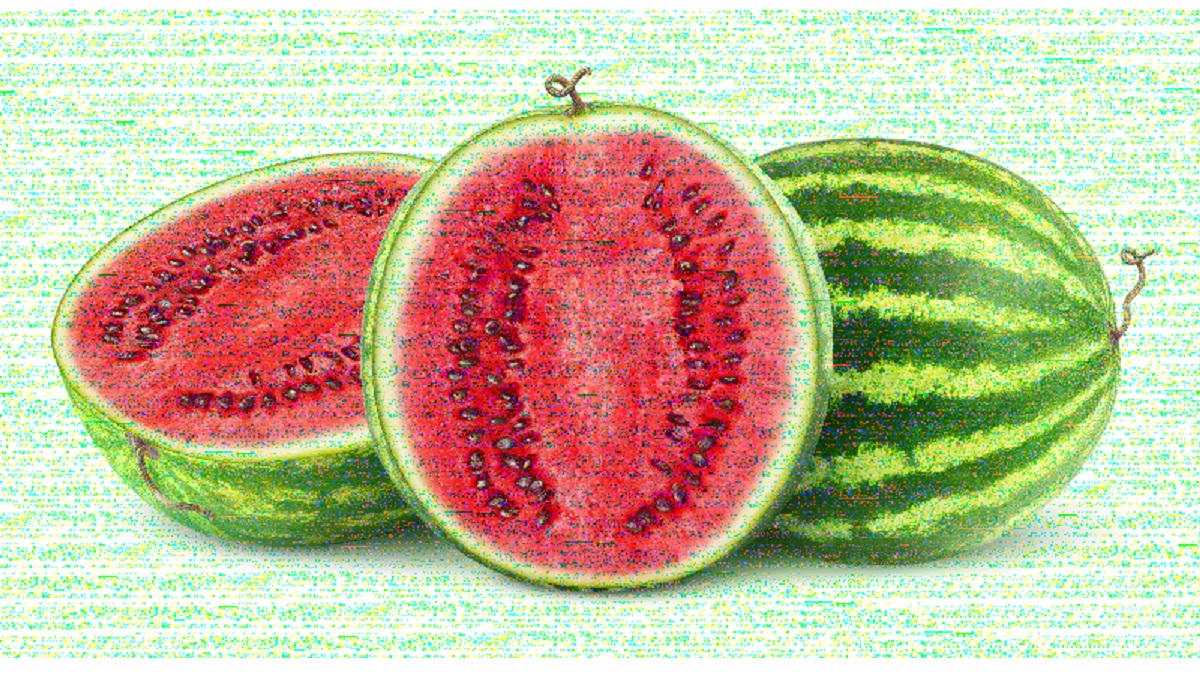
A Salmonella outbreak in Norway with almost 20 people sick has been linked to watermelon.
Folkehelseinstituttet (FHI) reported that of 13 ill people interviewed so far, all of them ate watermelon in the days before becoming sick. The melons were bought in various retail stores.
Eighteen people are part of the monophasic Salmonella Typhimurium outbreak and eight of them were hospitalized.
Patients are aged between 1 and 87 years old, 10 are men and eight women. They live in six different parts of the country with the most cases in Møre og Romsdal and Vestland but a few in Trøndelag, Rogaland, Troms and Finnmark and Innlandet.
Melon part of expert risk assessment meeting
Mattilsynet (The Norwegian Food Safety Authority) said it was highly unlikely that watermelons associated with the outbreak are still on the market. The fruit has a shelf life of three to four weeks. Most people became ill from the end of June to the middle of July.
Efforts are ongoing to trace where the implicated watermelons came from. Melon usually grows on the ground in countries with a warm climate.
To reduce the risk of infection, the Norwegian Food Safety Authority’s advice on safe handling includes do not use melons with deep damage to the skin, wash the melon and wipe it dry before cutting it into pieces, wash hands and equipment with soap and water after handling melon and keep sliced melon cool.
Melons have caused other outbreaks with several types of bacteria, said Taran Skjerdal, a researcher at the Norwegian Veterinary Institute.
“In this outbreak, it is Salmonella. In other countries, there have been major outbreaks of Listeria and several other foodborne pathogens. The World Health Organization and Food and Agriculture Organization have chosen to put special focus on melons in an international risk assessment. Work on this will begin in October,” said Skjerdal, who is part of the expert group doing the assessment.
About Salmonella
Food contaminated with Salmonella bacteria does not usually look, smell, or taste spoiled. Anyone can become sick with a Salmonella infection. Infants, children, seniors, and people with weakened immune systems are at higher risk of serious illness because their immune systems are fragile, according to the CDC.
Anyone who has developed symptoms of Salmonella food poisoning should seek medical attention. Sick people should tell their doctors about the possible exposure to Salmonella bacteria because special tests are necessary to diagnose salmonellosis. Salmonella infection symptoms can mimic other illnesses, frequently leading to misdiagnosis.
Symptoms of Salmonella infection can include diarrhea, abdominal cramps, and fever within 12 to 72 hours after eating contaminated food. Otherwise, healthy adults are usually sick for four to seven days. In some cases, however, diarrhea may be so severe that patients require hospitalization.
Older adults, children, pregnant women, and people with weakened immune systems, such as cancer patients, are more likely to develop a severe illness and serious, sometimes life-threatening conditions. Some people get infected without getting sick or showing any symptoms. However, they may still spread the infections to others.
(To sign up for a free subscription to Food Safety News, click here.)
